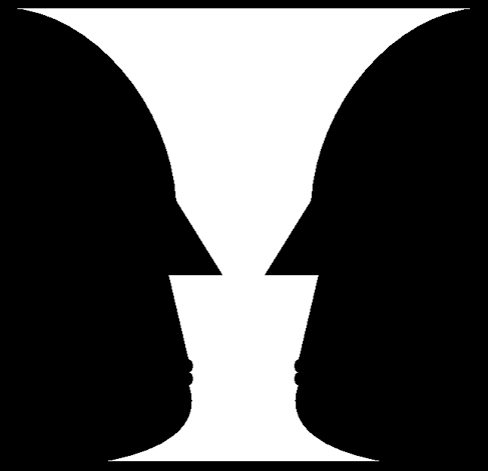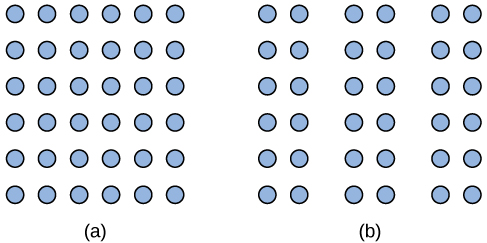| << Chapter < Page | Chapter >> Page > |
In the early part of the 20th century, Max Wertheimer published a paper demonstrating that individuals perceived motion in rapidly flickering static images—an insight that came to him as he used a child’s toy tachistoscope. Wertheimer, and his assistants Wolfgang Köhler and Kurt Koffka, who later became his partners, believed that perception involved more than simply combining sensory stimuli. This belief led to a new movement within the field of psychology known as Gestalt psychology . The word gestalt literally means form or pattern, but its use reflects the idea that the whole is different from the sum of its parts. In other words, the brain creates a perception that is more than simply the sum of available sensory inputs, and it does so in predictable ways. Gestalt psychologists translated these predictable ways into principles by which we organize sensory information. As a result, Gestalt psychology has been extremely influential in the area of sensation and perception (Rock&Palmer, 1990).
One Gestalt principle is the figure-ground relationship . According to this principle, we tend to segment our visual world into figure and ground. Figure is the object or person that is the focus of the visual field, while the ground is the background. As [link] shows, our perception can vary tremendously, depending on what is perceived as figure and what is perceived as ground. Presumably, our ability to interpret sensory information depends on what we label as figure and what we label as ground in any particular case, although this assumption has been called into question (Peterson&Gibson, 1994; Vecera&O’Reilly, 1998).

Another Gestalt principle for organizing sensory stimuli into meaningful perception is proximity . This principle asserts that things that are close to one another tend to be grouped together, as [link] illustrates.

How we read something provides another illustration of the proximity concept. For example, we read this sentence like this, notl iket hiso rt hat. We group the letters of a given word together because there are no spaces between the letters, and we perceive words because there are spaces between each word. Here are some more examples: Cany oum akes enseo ft hiss entence? What doth es e wor dsmea n?
We might also use the principle of similarity to group things in our visual fields. According to this principle, things that are alike tend to be grouped together ( [link] ). For example, when watching a football game, we tend to group individuals based on the colors of their uniforms. When watching an offensive drive, we can get a sense of the two teams simply by grouping along this dimension.

Notification Switch
Would you like to follow the 'Psychology' conversation and receive update notifications?